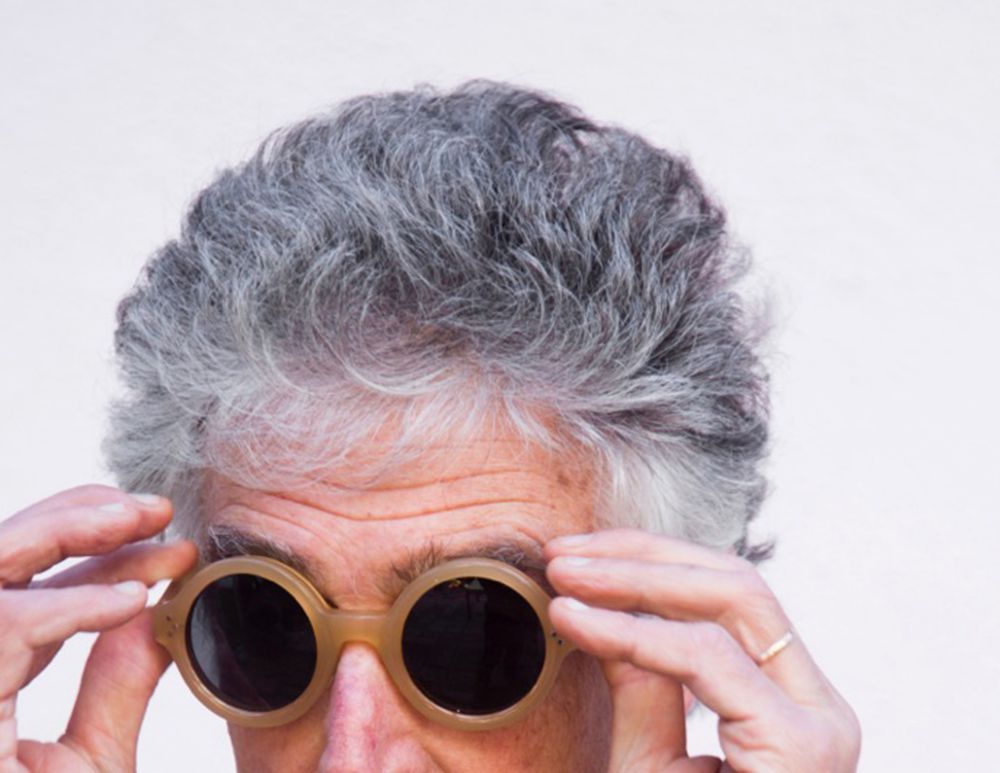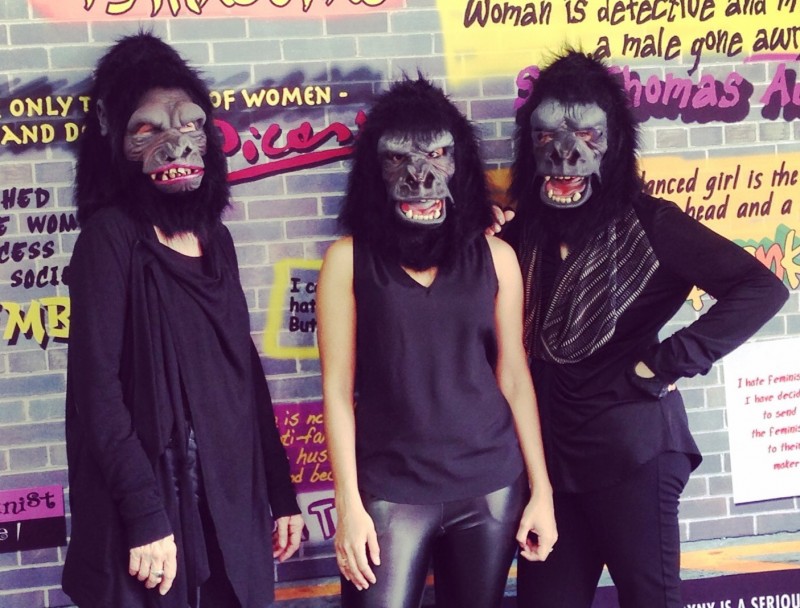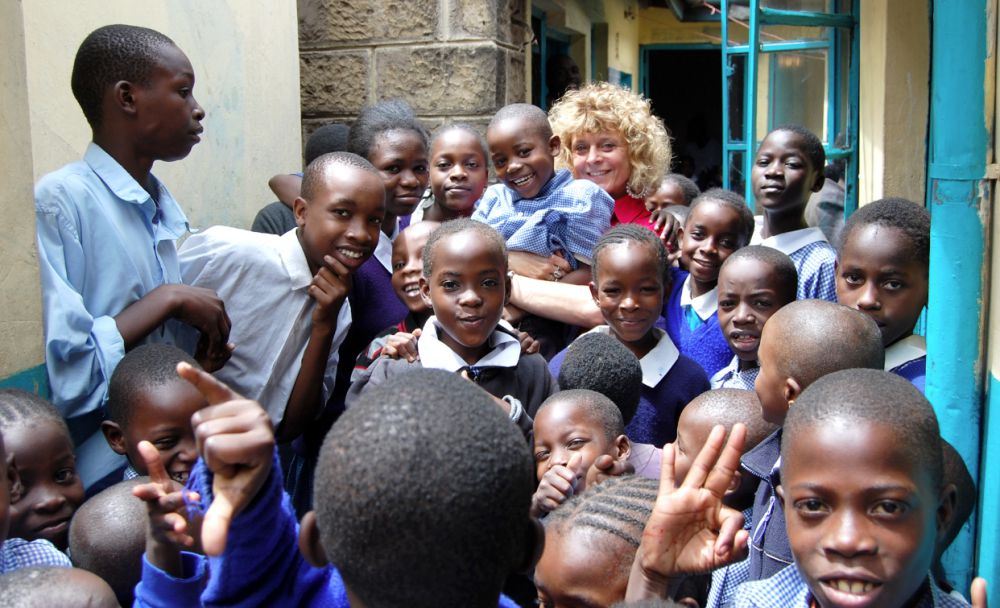The Activist Aesthetic

Before the presidential election last year, Richard Ross, a professor of art at UC Santa Barbara, told all his students to vote. When it was over they came back to class and said, “OK, now what?” He told them, “In your lifetime you’re going to have 16 or 17 more opportunities to vote in a national election. Now is the time to get busy, rather than get distressed. Come back Monday ready to do the work.”
But Ross, a photographer whose recent work has focused on the juvenile justice system, didn’t want to leave them at the mercy of the world. “I just thought I’d show them examples of artists that don’t focus primarily inside museums and galleries,” he said, “but use their practice in order to influence the world in a major way.”
Thus was conceived the theme of the fall 2017 Art 1C Colloquium at UCSB, “Making Art in a Time of Rage.” It’s a series of lectures held Thursdays at 5 p.m., usually in Embarcadero Hall in Isla Vista, where some 250 students and members of the public will hear an eclectic group of artists talk about their work and its place in the public sphere. Ross will give the final lecture Dec. 7. The lectures are free and open to the public.
As director of the colloquium, Ross said he selected a lineup of speakers who will challenge him and the audience. “I’m gonna learn something here,” he said. “I’m gonna be shaking my head, I gonna be confused. I know there are some people coming that I’m gonna say, ‘I’m really glad these people are here,’ and others that I’m gonna say, ‘Why did I invite this person?’ And then I’m learning something, and I’m pushing the boundaries of my own mind. And it’s great.”
Ross pointed to artist and activist Gloria Simoneaux, who will speak Nov. 16, as someone who is making a difference outside the rarefied air of the galleries and museums. She founded DrawBridge, which uses the arts to help homeless children in the San Francisco Bay Area, and Harambee Arts, which provides art programs to vulnerable children in Africa.
“She doesn’t aspire to be a gallery artist, but she does so much more,” Ross said. “I’m trying have kids look at examples that are outside their normal expectation of, ‘I really want to show at LACMA, I really want to show at Hammer.’ ”
If anyone can talk about this with authority, it’s Ross. A UCSB faculty member since 1977, his photography has been shown in some of the world’s most prestigious museums and galleries. He has been awarded both Fulbright and Guggenheim fellowships and received grants from the Annie E. Casey and MacArthur foundations as well as the National Endowment of the Arts. For the past several years, however, he has been focused on the state of juvenile justice in the U.S. The project has produced acclaimed two books, “Juvenile in Justice” (Richard Ross Photography, 2012) and “Girls in Justice” (Richard Ross Photography, 2015).
“I’ve gone further and further from the world of making — not that I don’t make beautiful photographs — but I’ve gone from the commodification of these photographs to the decommodification,” Ross explained. “I’ve managed to take a very lucrative career in museums and galleries and collections of beautiful photographs and now create work that really doesn’t sell, that has a different strategy, that lets me sleep better at night, is what I’m doing. We all have to evolve.”
As for the students in the colloquium, Ross wants them to evolve, too, in a time when it seems like the world is a chaotic and dangerous place.
“It seems to be something new at every turn,” he said. “You have environmental distress, you have everything going on. I’m looking through a lens that is pretty well hardened, but you have students that are 18 to 22 and they’re trying to figure out what they’re doing. I want them to be able to have examples of people that are saying, ‘I’m capable of doing something. I’m not going to throw up my hands in frustration.’
“That’s my mission,” Ross continued. “I’ve done work that I believe in, but I don’t have the future and I don’t have the energy to be able to alter the world the way I would like to, but I would like to help give these kids the tools to be able to not be frustrated.”






